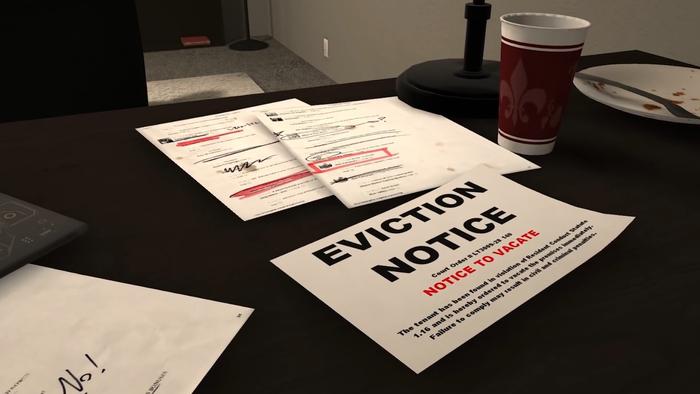Virtual reality’s power to put people in the shoes of another has been used to great effect ever since the technology became readily available and affordable.
Dementia Australia’s Educational Dementia Immersive Experience tool, for example, allows carers and families to experience the lived experience of a 65-year-old man with dementia who wakes up in the middle of the night in bed with his wife, needing to go to the bathroom.
“You can put up a slide and they go ‘yep I get that’ but when you bring all these things together, and experience all those symptoms first hand: ticking them off a sheet is easy; to actually experience them is another thing,” Dr Tanya Petrovich, Dementia Australia’s business development manager told Computerworld earlier this year.
“Understanding another person’s point of view is a lot easier when you’ve walked in their shoes,” she added.
3D cinema pioneer Barry Sandrew believes use cases like Red Cross commissioned experience Enter the room to be the future of the form.
“I got a chill. It’s very very powerful,” Sandrew told CIO Australia in August.
Film producer Chris Milk has dubbed VR “the ultimate empathy machine”, pointing to examples like United Nations commissioned Clouds Over Sidra, which puts viewers inside a Syrian refugee camp, seeing it through the eyes of a 12-year-old girl.
Anecdotal assumptions of VR’s ability to raise an individual’s empathy levels now have empirical backing, thanks to a Stanford University study published this week in journal PLOS One.
"Taking the perspective of others in VR produces more empathy and prosocial behaviors in people immediately after going through the experience and over time in comparison to just imagining what it would be like to be in someone else's shoes," said lead author Fernanda Herrera.
"And that is an exciting finding."
Intense and impactful
University researchers created a seven-minute virtual reality experience called Becoming Homeless. In one scene users see through the eyes of a jobseeker and select items in their apartment to sell in order to make rent. In another, the participant finds shelter on a public bus and has to protect belongings from being stolen by a stranger.

They also created a text version of the narrative, as well as a two-dimensional version of the scenario to be viewed on a desktop computer.
More than 560 participants, age 15 to 88 and from different ethnic and socio-economic backgrounds took part in the two month study and were given one of the three media formats.
The study found that those that experienced the VR version were significantly more likely to agree with statements like ‘our society does not do enough to help homeless people’ and were more likely to say that they personally cared ‘very much’ about the plight of homeless people.

Their empathetic attitudes were also more likely to endure over time.
When presented with a petition supporting affordable housing, 85 per cent of those that had experienced the VR signed it, compared with 66 per cent who viewed the 2D version and 63 per cent who read the text narrative.
"Experiences are what define us as humans, so it's not surprising that an intense experience in VR is more impactful than imagining something," said Jeremy Bailenson, co-author of the paper.
"What's special about this research is that it gives us longitudinal evidence that VR changes attitudes and behaviours of people in a positive way," he added.
The researchers are now planning further investigation into the nuances of VR’s effects on empathy and its ability to “motivate positive social behaviours, such as donating, volunteering or cooperating with others”.
"Long after our studies were complete, some research participants emailed me to reflect on how they started becoming more involved in the issue afterward. One of them befriended a homeless person in their community and wrote me again once that person found a home," Herrera said.
"It was really inspiring to see that positive, lasting impact," she added.

